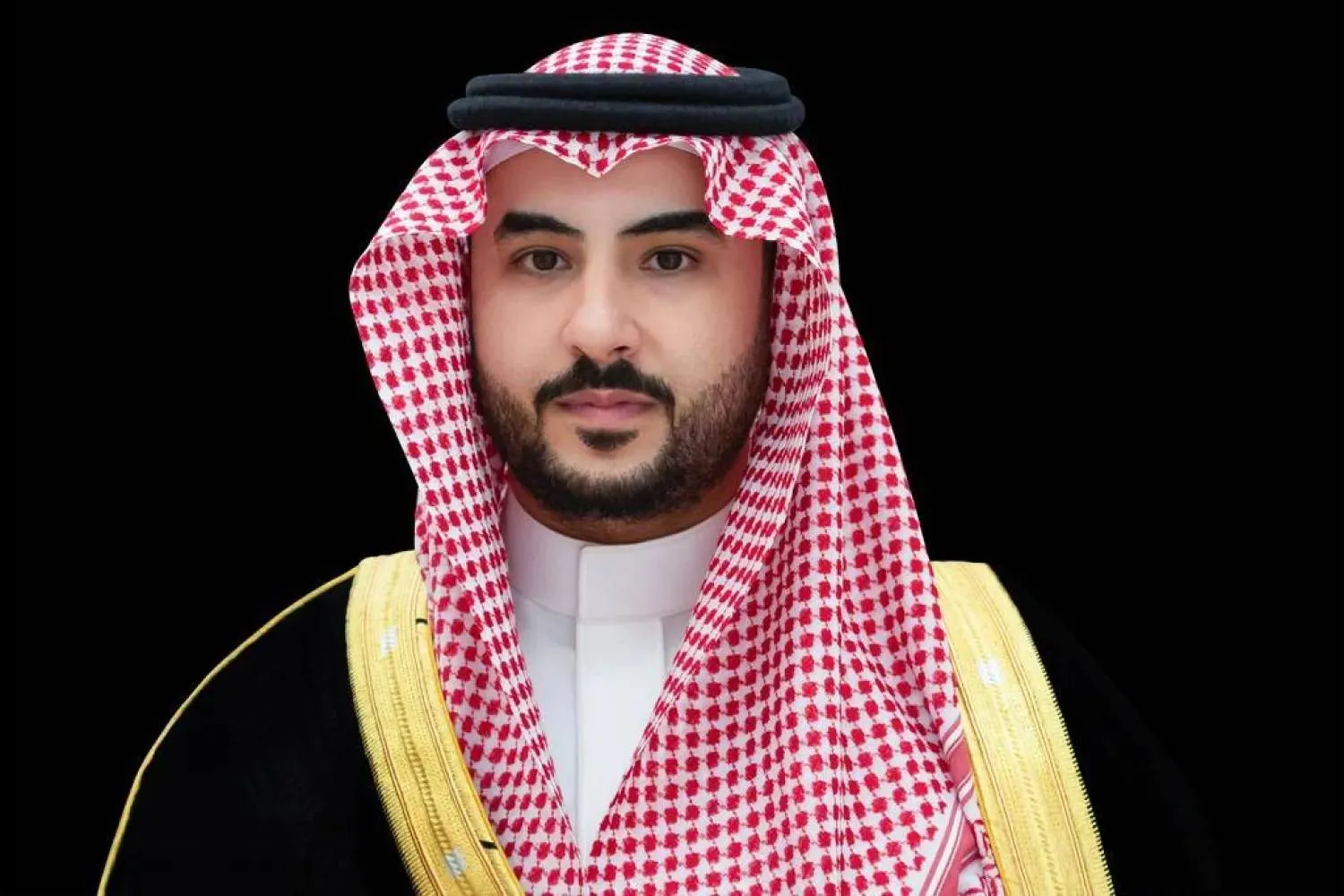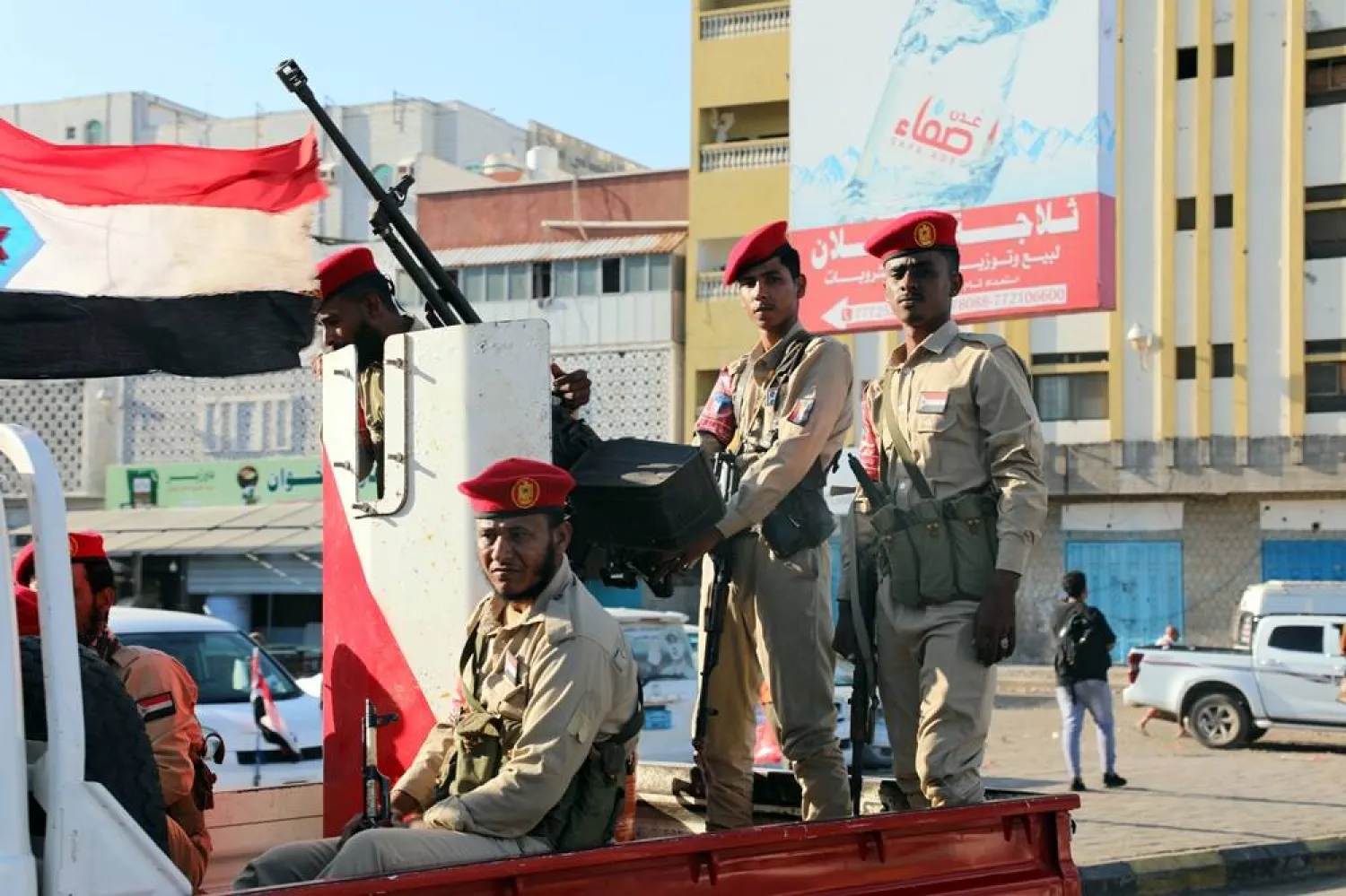After the late King Abdulaziz bin Abdul Rahman Al Saud dismounted from his steed “Ubayyah,” declaring the unification of the kingdom of Saudi Arabia and charting its geographic boundaries to the world, he ascended the heights of the skies aboard his “Dakota DC-3” aircraft.
Through this remarkable journey, he aimed to connect the kingdom with the world and draw the political map of the state.
The tale of the “Dakota DC-3” begins with a decision by then US President Franklin Roosevelt to give King Abdulaziz a present.
He sought advice from White House advisors on what kind of gift to offer to a “Saudi king residing in a desert region.” One of his advisors suggested that the best gift for this king would be an airplane.
The Director-General of Communication and Media Affairs at Saudi Arabia’s flag carrier, Saudia, Engineer Abdullah Al-Shahrani, explained to Asharq Al-Awsat that this idea was initially rejected due to its substantial budget.
Nevertheless, on February 14, 1945, the Dakota aircraft, gifted by President Roosevelt to King Abdulaziz, touched down at the makeshift airstrip in what is now known as the Ministry of Foreign Affairs area in the city of Jeddah.
It was received by Prince Mansour bin Abdulaziz on behalf of King Abdulaziz.
On September 30, 1945, King Abdulaziz boarded the gifted Dakota aircraft for the first time.
Departing from the city of Afif near Riyadh, he headed towards Al-Hawiya in the city of Taif.
This flight was led by American pilot Captain Joey Grand, accompanied by his Saudi counterpart, Captain Hamza Tarabzoni. One of the most notable features of this aircraft was its ability to land on any prepared terrestrial area.
According to Al-Shahrani, this feature facilitated the aviation sector in seamlessly connecting the various regions and administrative areas of the kingdom.
He emphasized that this aircraft made a significant impact in the aviation world, particularly within the kingdom, laying the foundation for the concept of civil aviation in Saudi Arabia.
During that flight, King Abdulaziz became convinced that, after experiencing the speed of travel, ease of connectivity, and the convenience of takeoff and landing, this was the appropriate means to link the various parts of his nation.
He then decided to purchase two additional aircrafts.
This journey marked the inception of civil aviation for connecting the Kingdom’s regions, realizing King Abdulaziz’s initial vision, which was the localization of migration.
The “Dakota DC-3” aircraft was first manufactured by Douglas Aircraft Company in 1935.
It is a twin-engine, low-wing monoplane produced by the Pratt & Whitney company, with a capacity for 28 passengers, roughly equivalent to 2725 kg.
The aircraft measures approximately 20 meters in length, with a wingspan of 30 meters, and it cruises at a speed of 370 kilometers per hour.









